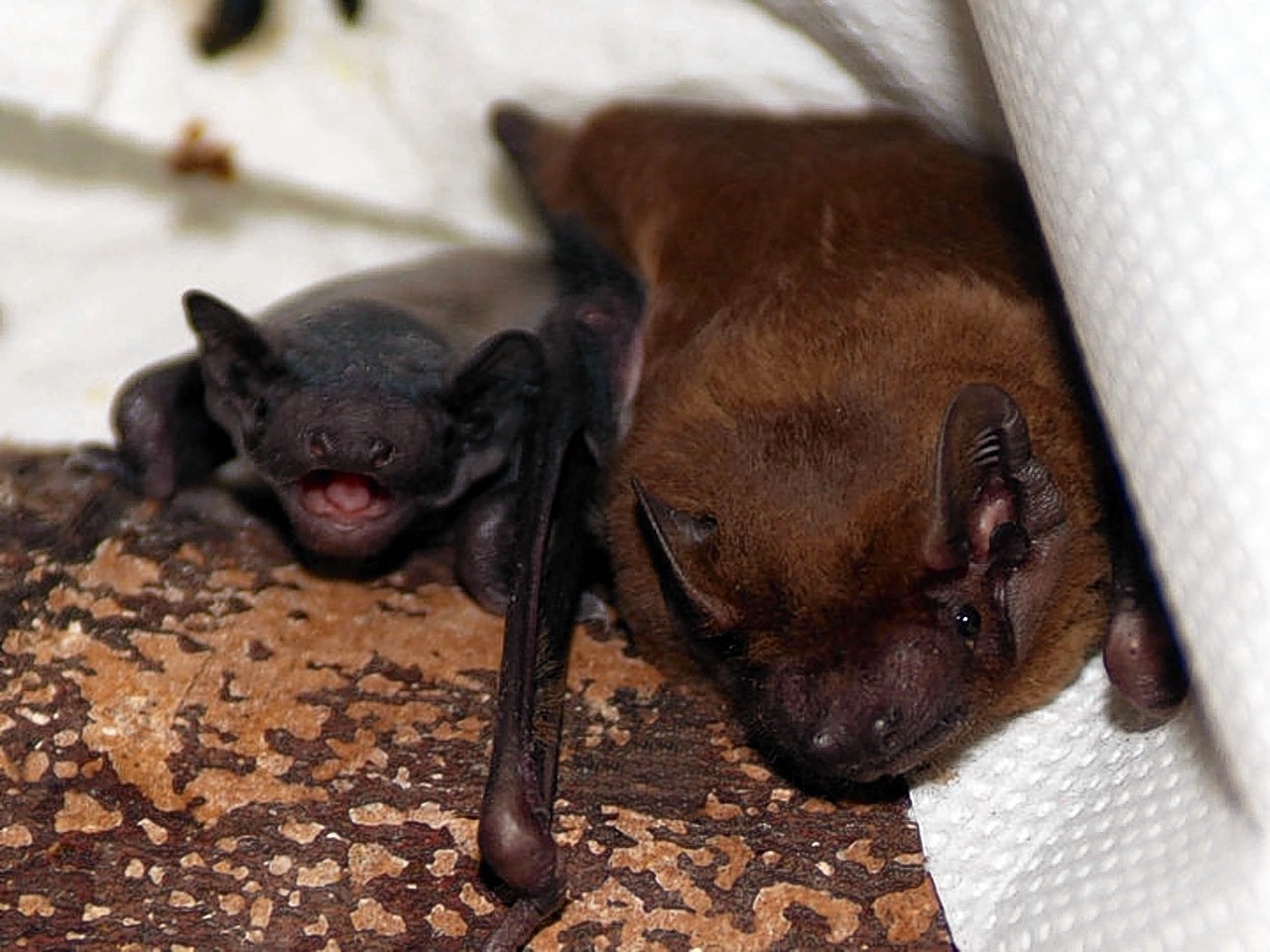An explosion in Scotland’s bat population is set to bring relief from midges next summer.
Experts are predicting a boom in the number of pipistrelle bats as a result of the recent mild winter and warm spring.
Pipistrelles can munch their way through 3,000 midges – a night.
Bat experts have noticed baby pipistrelles being born two-three weeks earlier than normal this year in Scotland.
The favourable spring conditions have resulted in the bats’ breeding season being extended. This means baby bats have longer to feed and develop, meaning many more of them are likely to survive.
Scottish Officer for The Bat Conservation Trust, Anne Youngman, said: “It’s good news. Bats eat loads of midges and are a good indicator of the environment.
“An early and warm spring is good for bats because there’s more insects about.
“More insects means more food for the bats which allows mothers to feed themselves and their babies.
“This gives them a stronger chance of surviving the summer and the harsh winter ahead.
“We need this good weather to keep going through the autumn and a steady winter for the population to increase next year.”
It was reported in 1995 that there were around 550,000 pipistrelles north of the border, suggesting around 1.65billion midges are eaten by them every night during the summer.
Ms Youngman added: “All wildlife has got an early start and the conditions have been good enough to allow all animals and insects to thrive.
“There’s more insects about and the bat pups can catch them because it isn’t windy at night.
“For a baby bat getting through the first year of it’s life is a huge challenge so if we get these conditions it looks good for a high percentage of this years babies to make it.”
Young bats are extremely vulnerable when born and are no bigger than the size of a £1 coin.
They are dependent on their mother providing food, warmth and shelter for the first 4-6 weeks of their life.
It was revealed last year that bats are being killed by wind turbines.
Turbulence from the blades causes their tiny lungs to “explode”, according to wildlife experts.
